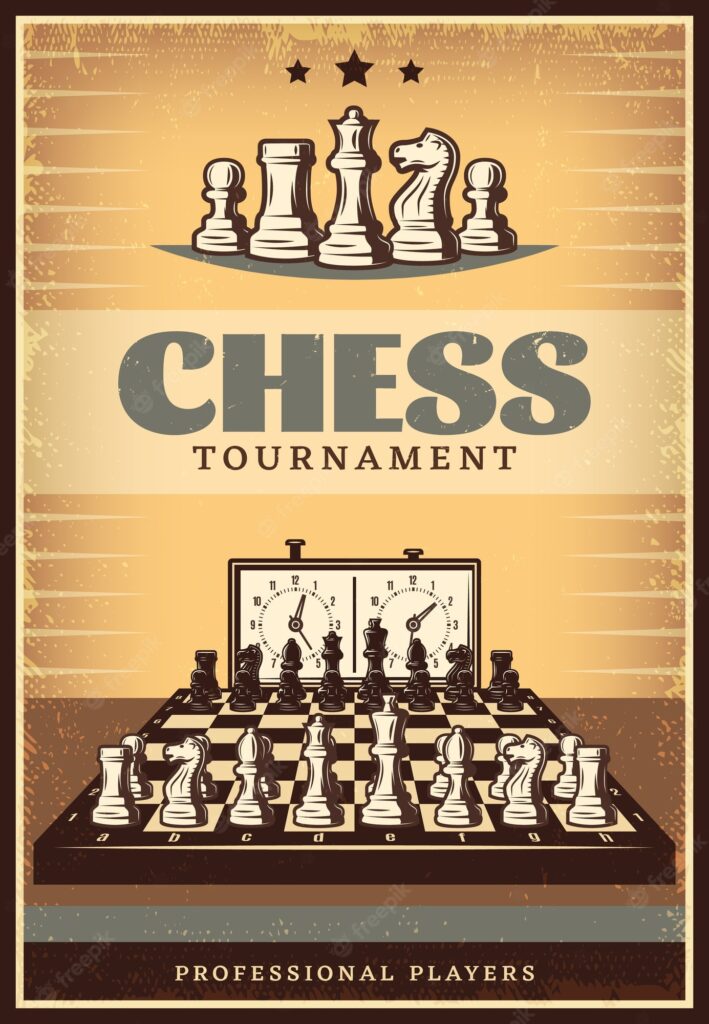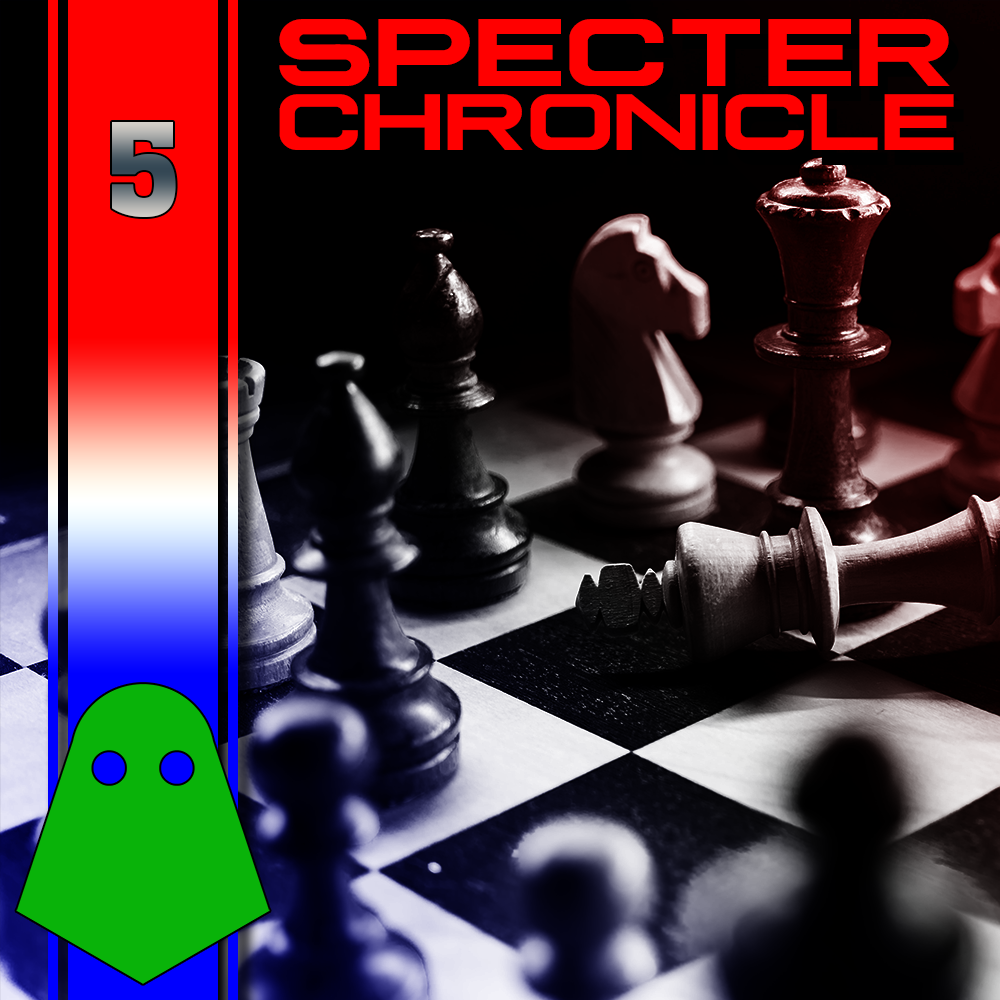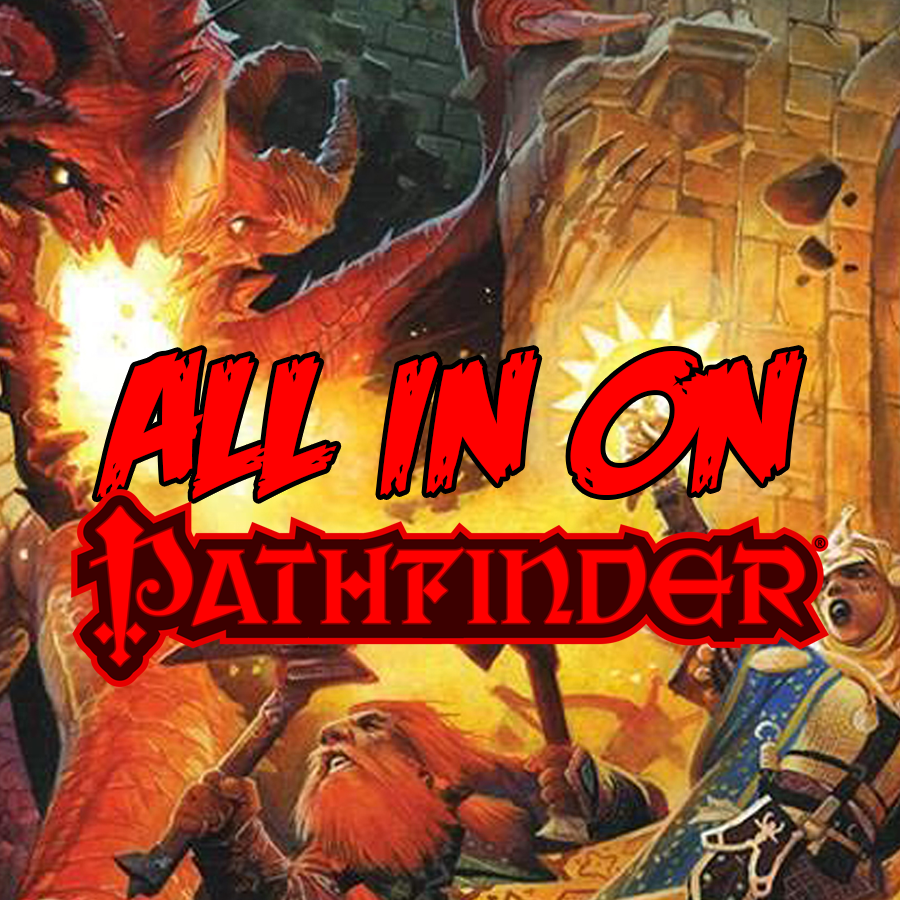Most competitions, sports or games, eventually gain a level of grandeur after a length of time that puts them into a larger arena than when they began. Sometimes that takes a few years and sometimes that takes far more than just a few years.
In the special case of chess, there are other factors holding the game from joining other great “spectacles” of competition. Those on the inside can’t seem to figure out how to break through that barrier, so maybe someone who is on the outside can show them some examples of what might be holding chess back.
The trend for the chess world has been moving from a focus on single player matchups (which were largely World Chess Championships, to be honest) to almost exclusively tournaments. Anyone who follows chess wants to see more tournaments, the die hard fans that follow the game intensely. Single player events were really only a thing that happened before chess became popular worldwide.
Early on, chess was a game that was played between two people and for high stakes. There was a spectacle to playing chess, something to gather together and watch because two really great players were going to be playing.
We are in what some might call a “golden age” of chess, with thousands of Grandmasters in the world today, tournaments were a way to get them all together as often as possible, or a great many of them, at least.

Chess has hundreds, if not thousands, of tournaments per year. No, I’d definitely say multiples of thousands per year. There are, of course, the large tournaments for the Grandmasters of the world, but there are also the tournaments for local championships and scholastic tournaments… there are even club tournaments for whatever events they hold, too.
Tournaments are a great way to involve those who need to improve at chess with their ratings, to get experience playing a vast number of different players, and to gain experience playing under timed conditions. Once you reach a certain level, however, tournaments are just something that occupies your time… because you end up playing the same players over and over again.

The top chess tournaments in the world see the same basic 30 players in almost all of them. Those would be the top 30 players in the world, with a different individual or two thrown in there from time to time.
I’m talking Magnus Carlsen, Ding Liren, Ian Nepomniachtchi, Alireza Firouzja, Hikaru Nakamura, Fabiano Caruana, Anish Giri, Wesley So, Vishwanathan Anand, and Sergey Karjakan just to name the top 10 (as of the writing of this article). Are these guys in every tournament together? No, but you’ll see them together in some combination more often than not, and they’ll be the ones competing with each other more often than not in other tournaments if the one you’re watching isn’t on. Repetitive.
Chess has a “spectacle” problem, which is what has been the reason that “non-chess followers” don’t come into the viewership very often (or at all). Fans of something like a spectacle, and you’re not going to get a spectacle for the 157th time Carlsen and Anand face each other in two games in a round robin tournament. Especially not when they aren’t the leaders in that tournament and the scores they have are due to the fact they’ve mostly drawn.
Some alternatives have been suggested, and rebuffed by the purists, but some of those suggestions really need to be examined in greater detail. One in particular is something I want to highlight above all.
Greg Shahade is an International Master in chess (the step right before Grandmaster) and the founder of the PRO Chess League (Professional Rapid Online Chess League). He’s turned chess from just a tournament (or series of tournaments) into a team “sport” (I’ve chosen to continue using the word competition, as chess is a game and not an athletic contest). Teams of players compete against each other in a scheduled series of meetings until the best teams at the end of the season go into the playoffs to compete for the league championship. While this is a great variation for chess in general, I have personally disliked what he’s chosen to do with the “teams” (or franchises, if you like) of the league, making them compete to get in.

The PRO Chess League isn’t what I want to talk about what Greg Shahade suggested needs to change about chess, though. He’s suggested we stop with the long form games, the ones that take eight hours (or longer) and just go with shorter form games. I don’t remember the exact length that his ideal games would last but I don’t think that it was longer than 15 minutes per game.
Having chess go from longer form games to no longer than 15 minutes per game would greatly spice things up. In chess terms, this would be called rapid chess. This is the length of game that the PRO Chess League plays at. Rapid chess allows for an additional 10 seconds per move to be added but I’m suggesting a hard 7 minutes and 30 seconds per player, period. This adds a quicker dimension to the games that will keep the attention span of the viewer that can’t stand a longer game.
Going with 10 minutes per game would be even better, however, as that would suit a broadcast format a whole lot better. Chess is streamed online live as it happens (for the GM tournaments) but those are for the long games and those are not going to be for anyone casual, only the hard core fans.
Hold up… this isn’t all I’m saying should be changed. You also need to bring in the spectacle that chess sorely needs. This means returning the excitement when two big hitters meet up in a match, a player vs player match that doesn’t involve 14 other players. Just two players.
Lasker vs Capablanca… Fischer vs Spassky… Kasparov vs Karpov… these are all World Chess Championships that were big deals and caught the attention of the world. Today, the World Chess Championship is a side thing that happens while other tournaments are happening. Magnus Carlsen resigned the championship because the candidates cycle is just tedious and often doesn’t produce the best outcome for what chess needs. Let me change that, the candidates cycle rarely produces the best outcome.
We return to our 10 minute games, of which we can now squeeze in one as white and one as black in one 25 to 30 minute sitting (depending on whether to have a 5 or 10 minute break between games). If you have 4 matches scheduled for a single “show,” that’s 80 minutes of solid chess programming (the breaks for the games are filled with the next match’s game, so two matches can go on “at the same time” somewhat, using the 10 minute breaks). Throw in some chess commentary and some background stuff, you have a two hour show that would be entertaining and informative all in one. Plus, you could draw in some of the “casual viewers” that might not have normally watched a chess game, building up a fan base.
Did I lose you there? Let me use an example.
Let’s say we have a 10 minute preamble to our chess show, then we start with game 1 of Adam v Ben (10 minute max time)… the game goes the full 10, they then get their 10 minute break. So then we go to game 1 of Charlie v David (10 minute max time) but that game only goes 7 minutes, which allows us to cut to a little quick 3 minutes of preview of George v Henry as the main event. The show then goes to game 2 of Adam v Ben, they finish in just 5 minutes, which allows for a little analysis of their game until the 5 minutes ends. Game 2 of Charlie v David happens, which ends in just 3 minutes… which means the “halftime show” is 17 minutes long instead of just 10 minutes. After that we do the same type of thing with the games of Edward v Felix and George v Henry.
Make more sense?
This idea isn’t necessarily for the highest rated players, although, they would probably benefit just as well from this as anyone else. The problem is having players with personalities, ones that would be something more outspoken and maybe a little showy to draw in viewers. Casual viewers don’t want to see two stuffed shirts in suits staring for hours at a chess board… they want to see two trash talkers with distinctive clothing giving each other a hard time trying to win a vibrant chess game.
I have played with enough people rated at enough levels to know the players I’m likely looking for would be rated 1500 and lower. Potential casual viewers would want to be able to relate to the chance at beating the players they’re watching, but possibly just out of reach. Just like watching NBA players, viewers could possibly beat those players but likely won’t due to the talent gap.
A little pomp and circumstance, the right players with personality and flair, the shorter format game with the segments I listed above, and chess could go out to a bigger audience. A more casual audience.
Maybe that’s worth at least a little consideration, don’t you think?




